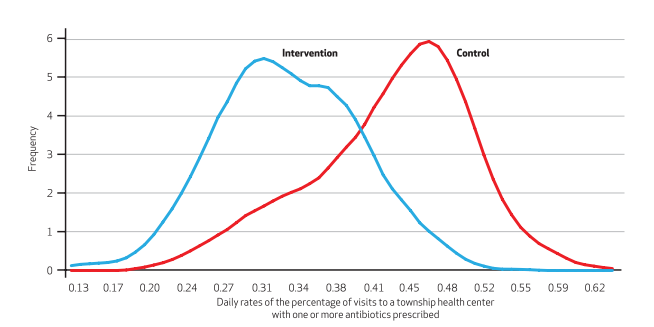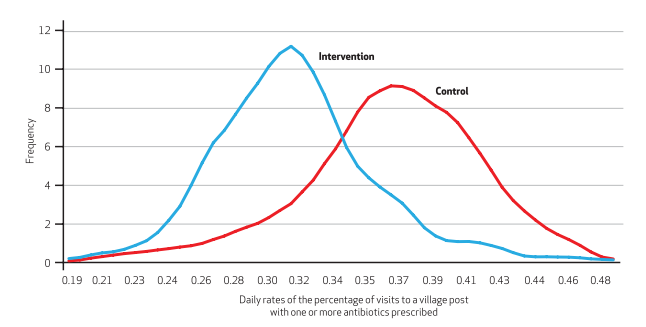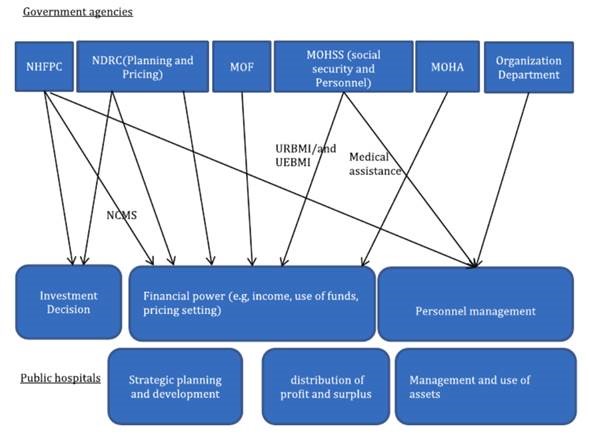Yip, Winnie Chi-Man. 2020. Health Care System Reform and Policy Research in China (Health Care Policy in East Asia, A World Scientific Reference, Volume 1, part of World Scientific Series in Global Health Economics and Public Policy, Volume 6). World Scientific. Access the full article here.
Summary
During the past three decades, health care systems in the East Asian regions of China, Japan, South Korea, and Taiwan have undergone major changes. Each system has its unique achievements and challenges. Global health care policymakers are increasingly interested in understanding the changes that have taken place in these four systems. This four-volume reference set is designed to help health care professionals, academics, policymakers, and general readers gain a good grasp of the background and latest developments in the health care systems of China, Japan, South Korea, and Taiwan. This reference set provides an in-depth comparative health policy analysis and discussion of health care reform strategies in each of these systems. One unique feature of this set is that each volume has been edited by a leading scholar who has been deeply involved in the development of the health care system in that particular region. Each of these editors also has invited both scholars and practitioners to provide a first-hand description and analysis of key health care reform issues in that system. The many examples provided in each volume demonstrate how findings of evidence-based policy research can be implemented into policy practice.
Volume 1 describes and discusses China’s ambitious and complex journey of health care reform since 2009. The Chinese government has achieved universal health insurance coverage and has embarked on reforms of the service delivery system and provider payment methods that are aimed at controlling health expenditure growth and improving efficiency. This volume includes pilot and social experiments initiated by the government and researchers and their evaluations that have guided the formulation of health reform policies. It provides information on how to make reforms work at the local and provincial levels. The findings detailed in this volume will contribute to a global knowledge base in health care reforms.
| This figure showing how capitation plus p4p shifts the distribution of antibiotic prescription in primary care in rural china. | |
 Figure 1. Frequency distribution of the percentage of visits in a day to a township health center in which the provider prescribed one or more antibiotics, In two-study Counties in Ningxia province, China, January 2011–June 2012. Figure 1. Frequency distribution of the percentage of visits in a day to a township health center in which the provider prescribed one or more antibiotics, In two-study Counties in Ningxia province, China, January 2011–June 2012. |
 Figure 2. Frequency distribution of the percentage of visits in a day to a village post in which the provider prescribed one or more antibiotics, In two-study Counties in Ningxia province, China, January 2011–June 2012. Figure 2. Frequency distribution of the percentage of visits in a day to a village post in which the provider prescribed one or more antibiotics, In two-study Counties in Ningxia province, China, January 2011–June 2012. |
This figure showing dispersion of power among different ministries that govern Chinese public hospital–a core reason for public hospital’s poor performance. Figure 3. Dispersion of power between ministries and public hospitals. Note: NHFPC – National Health and Family Planning Commission; NDRC – National Development and Reform Commission (detailed function provided in parentheses in the figure); MOF – Ministry of Finance; MOHRSS – Ministry of Human Resource and Social Security; MOCA – Ministry of Civil Affairs; Organization Department – Organization Department of Chinese Communist Party; NCMS – New Cooperative Medical Scheme; UEBMI – Urban Employee Basic Medical Insurance; URBMI – Urban Resident Basic Medical Insurance. |
Contents:
- Introduction (Winnie Chi-Man Yip)
- What Drove the Cycles of Chinese Health System Reforms? (Winnie Chi-Man Yip and William C Hsiao)
- Realignment of Incentives for Health Care Providers in China (Winnie Chi-Man Yip, William C Hsiao, Qingyue Meng, Wen Chen, and Xiaoming Sun)
- Early Appraisal of China’s Huge and Complex Health Care Reforms (Winnie Chi-Man Yip, William C Hsiao, Wen Chen, Shanlian Hu, Jin Ma, and Alan Maynard)
- Non-Evidence-Based Policy: How Effective is China’s New Cooperative Medical Scheme in Reducing Medical Impoverishment? (Winnie Chi-Man Yip and William C Hsiao)
- The Impact of Rural Mutual Health Care on Health Status: Evaluation of a Social Experiment in Rural China (Hong Wang, Winnie Chi-Man Yip, Licheng Zhang, and William C Hsiao)
- Realigning Demand and Supply Side Incentives to Improve Primary Health Care Seeking in Rural China (Timothy Powell-Jackson, Winnie Chi-Man Yip, and Wei Han)
- Capitation Combined with Pay-for-Performance Improves Antibiotic Prescribing Practices in Rural China (Winnie Chi-Man Yip, Timothy Powell-Jackson, Wen Chen, Min Hu, Eduardo Fe, Mu Hu, Weiyan Jian, Ming Lu, Wei Han, and William C Hsiao)
- The Impact of a Pay-for-Performance Scheme on Prescription Quality in Rural China (Xiaojie Sun, Xiaoyun Liu, Qiang Sun, Winnie Chi-Man Yip, Adam Wagstaff, and Qingyue Meng)
- Doctor Competence and the Demand for Health Care: Evidence from Rural China (Eduardo Fe, Timothy Powell-Jackson, and Winnie Chi-Man Yip)
- Public Hospital Reforms in China: Progress and Challenges (Winnie Chi-Man Yip and Hongqiao Fu)
- Payment Reform Pilot in Beijing Hospitals Reduced Expenditures and Out-of-Pocket Payments Per Admission (Weiyan Jian, Ming Lu, Kit Yee Chan, Adrienne N Poon, Wei Han, Mu Hu, and Winnie Chi-Man Yip)
- Intended and Unintended Impacts of Price Changes for Drugs and Medical Services: Evidence from China (Hongqiao Fu, Ling Li, and Winnie Chi-Man Yip)
- Harnessing the Privatization of China’s Fragmented Health Care Delivery (Winnie Chi-Man Yip and William C Hsiao)
